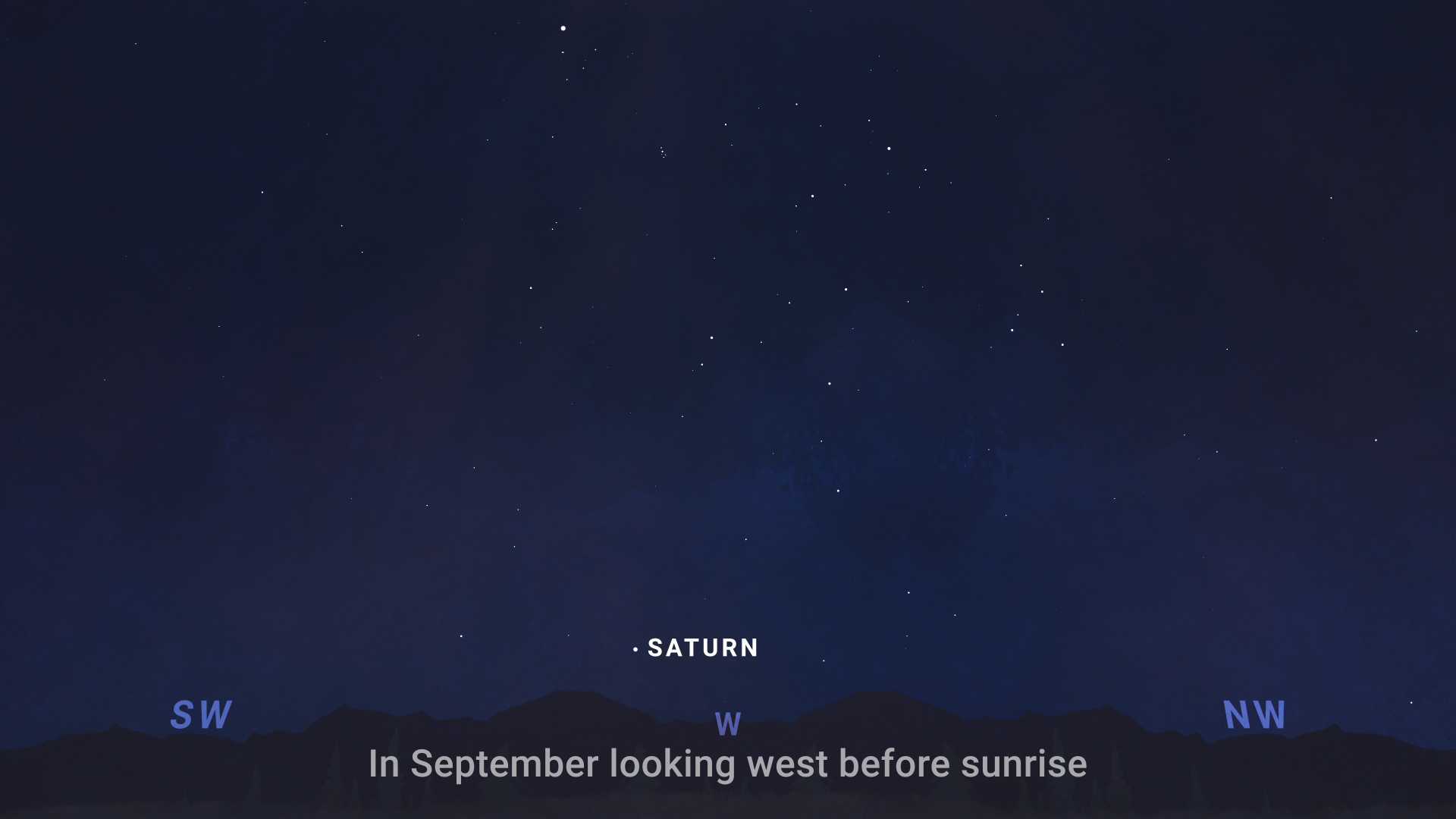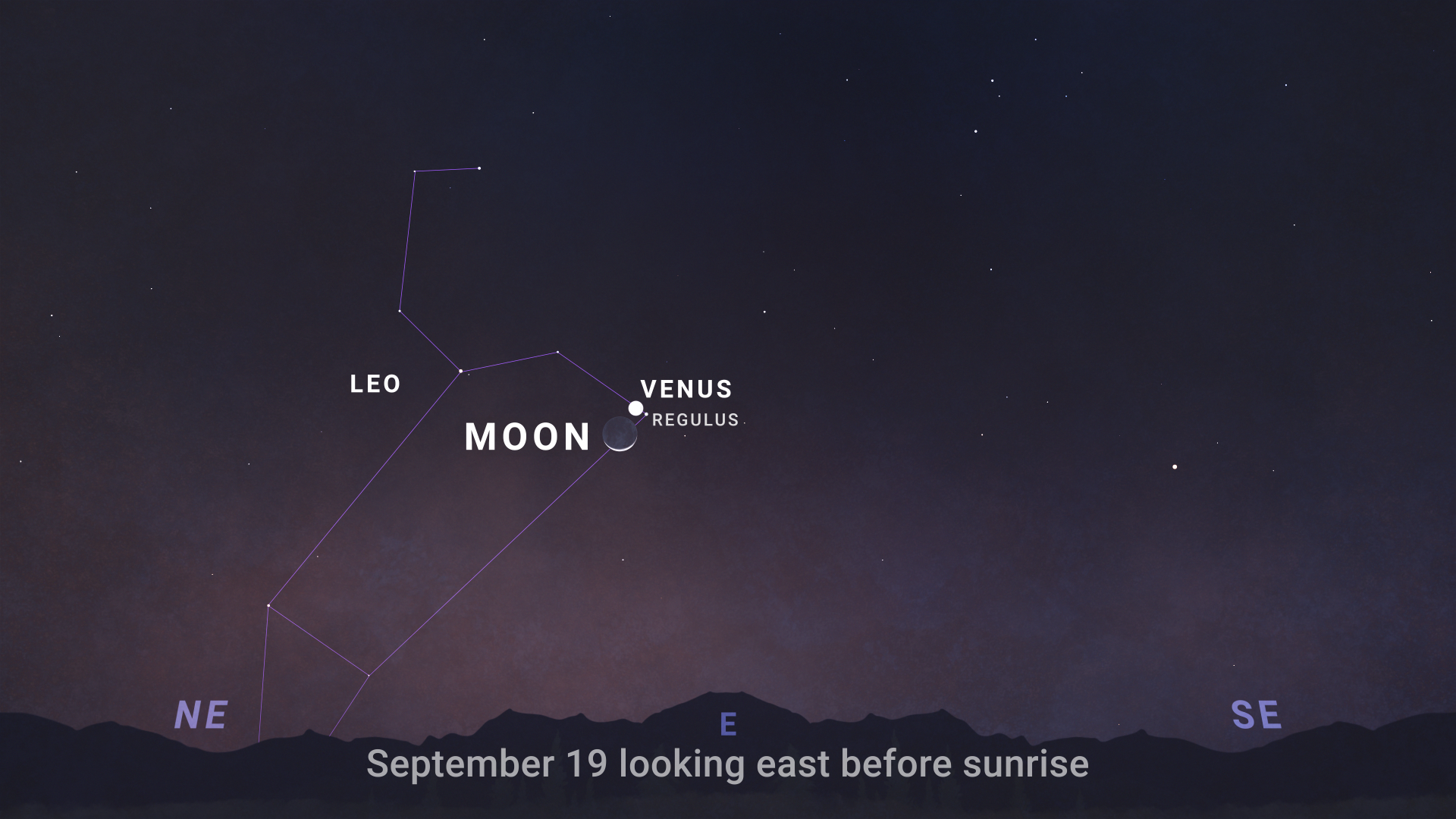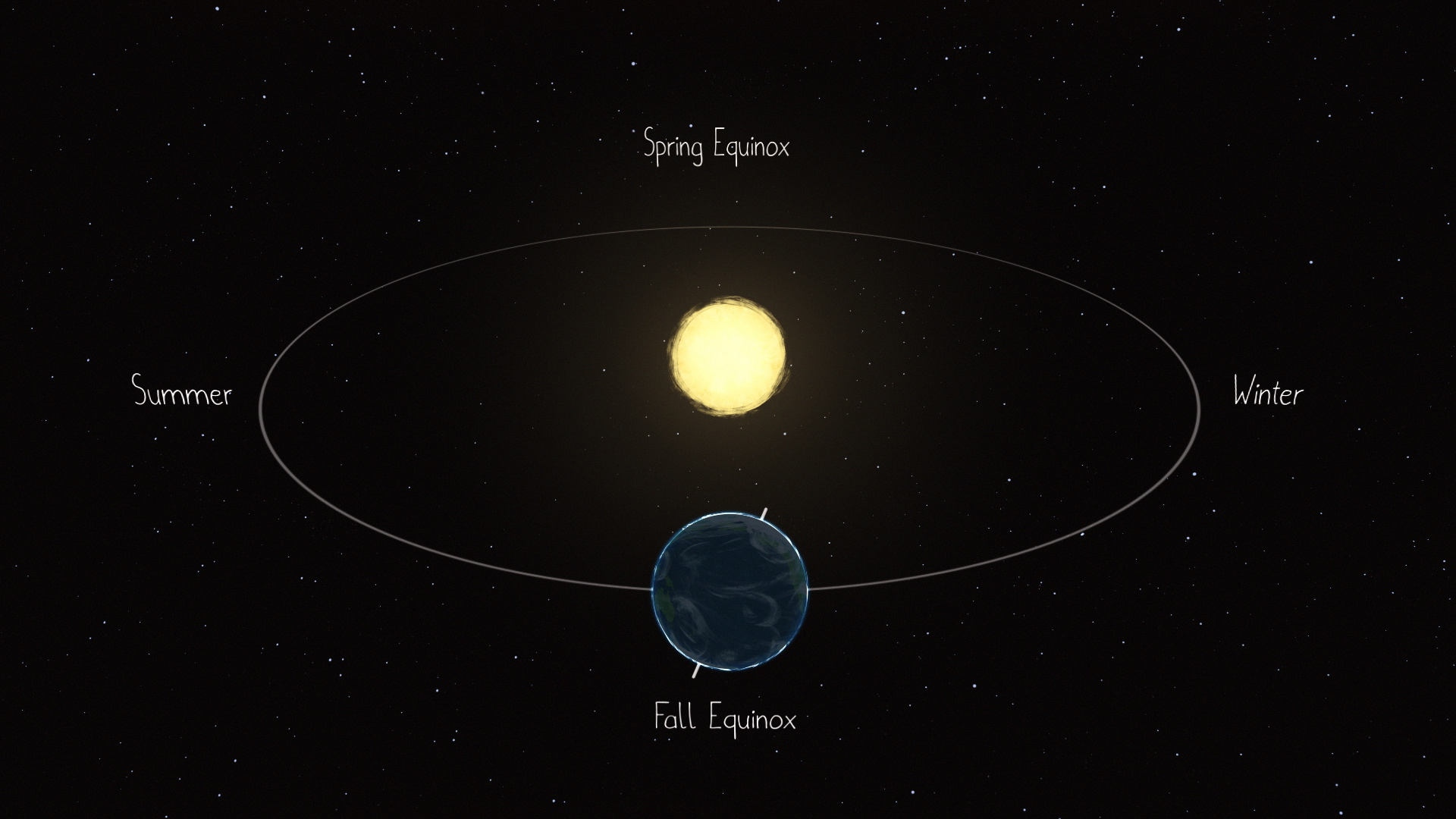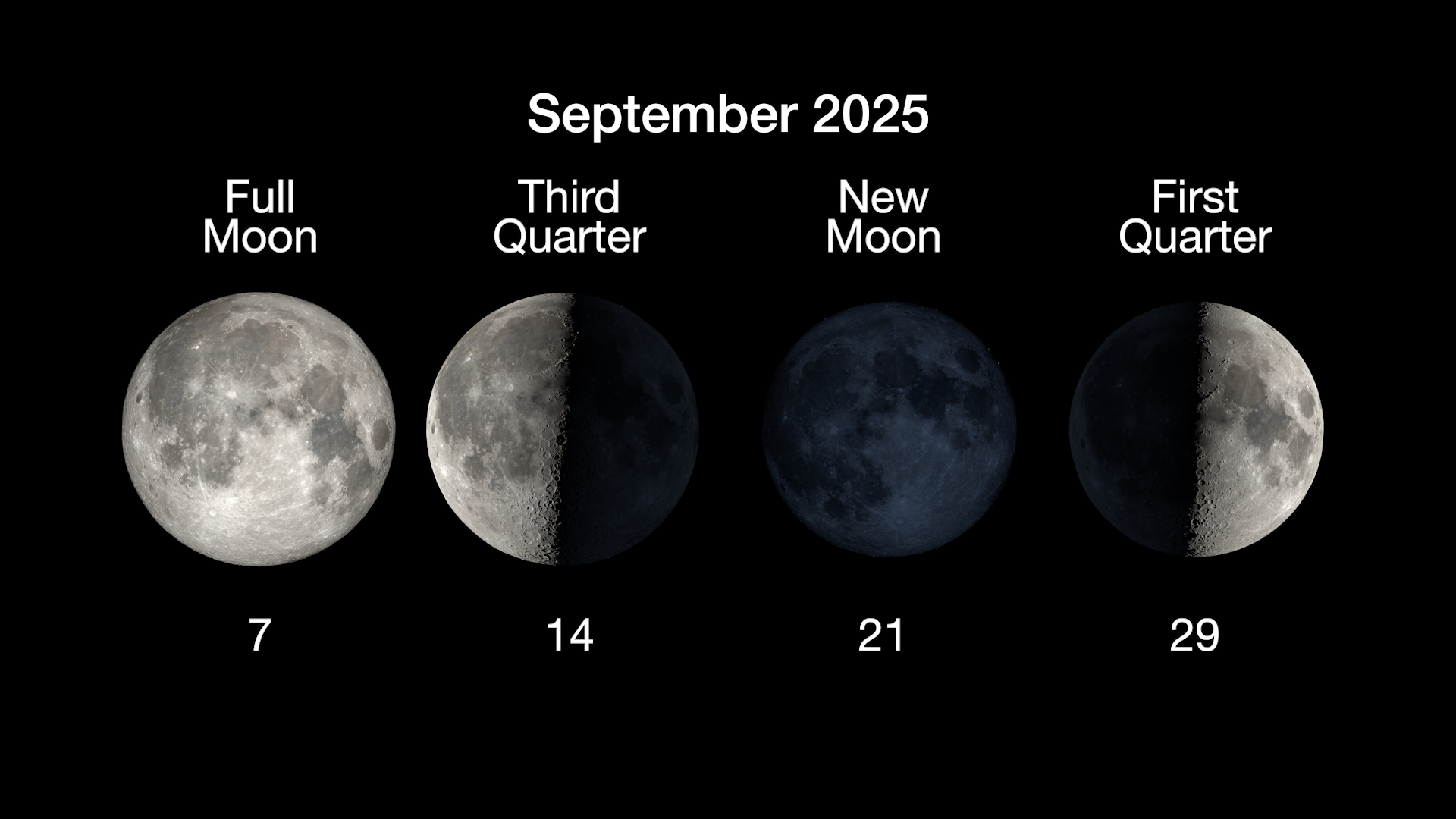Saturn’s spectacle, a Conjunction, and the Autumnal Equinox
Saturn shines throughout the month, a conjunction sparkles in the sky, and we welcome the autumnal equinox.
Skywatching Highlights
- All of September: Saturn is visible
- Sept. 19: A conjunction between the Moon, Venus, and Regulus
- Sept. 21: Saturn is at opposition
- Sept. 22: The autumnal equinox
Transcript
What’s Up for September? Saturn puts on a spectacular show, a sunrise conjunction shines bright, and we ring in the autumnal equinox.
Saturn at Opposition
Saturn will be putting on an out-of-this-world performance this month.
While Venus and Jupiter shine in the eastern morning sky, the ringed planet will be incredibly bright in the sky throughout September in the eastern evening sky and western early morning sky.
But why is Saturn the star of the show? Well, on September 21, Saturn will be at opposition, meaning Earth will find itself in between Saturn and the Sun, temporarily lined up.
This also means that Saturn is at its closest and brightest all year!
Saturn will be visible with just your eyes in the night sky, but with a small telescope, you might be able to see its rings!
Conjunction Trio
If you look to the east just before sunrise on September 19, you’ll see a trio of celestial objects in a magnificent conjunction.
In the early pre-dawn hours, look east toward the waning, crescent Moon setting in the sky and you’ll notice something peculiar.
The Moon will be nestled up right next to both Venus and Regulus, one of the brightest stars in the night sky.
The three are part of a conjunction, which simply means that they look close together in the sky (even if they’re actually far apart in space).
To find this conjunction, just look to the Moon.
And if you want some additional astronomical context, or want to specifically locate Regulus, this star lies within the constellation Leo, the lion.
The Autumnal Equinox
On September 22, we mark the autumnal equinox or the official start of fall in the northern hemisphere.
Astronomically, this is the time when the Sun finds itself exactly above the equator.
On this day, our planet isn’t tilted toward or away from the Sun, and both day and night are almost exactly 12 hours (with a few small exceptions).
Moon Phases + Conclusion
Here are the phases of the Moon for September.
You can stay up to date on all of NASA’s missions exploring the solar system and beyond at science.nasa.gov.
I’m Chelsea Gohd from NASA’s Jet Propulsion Laboratory, and that’s What’s Up for this month.







